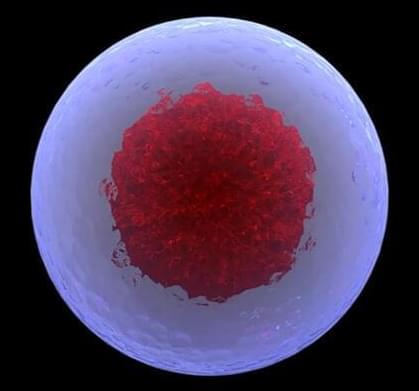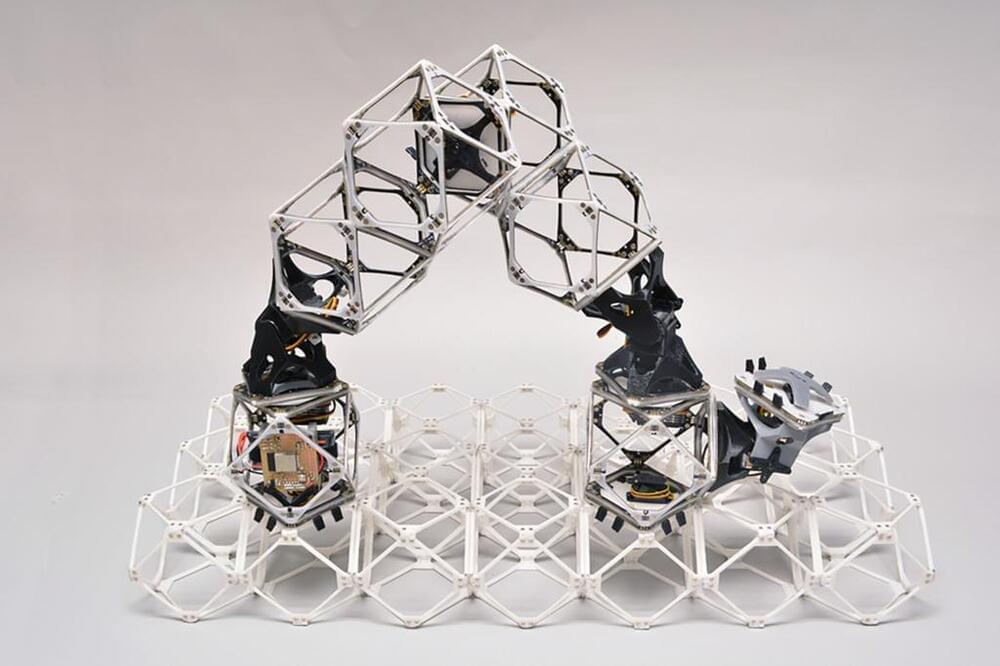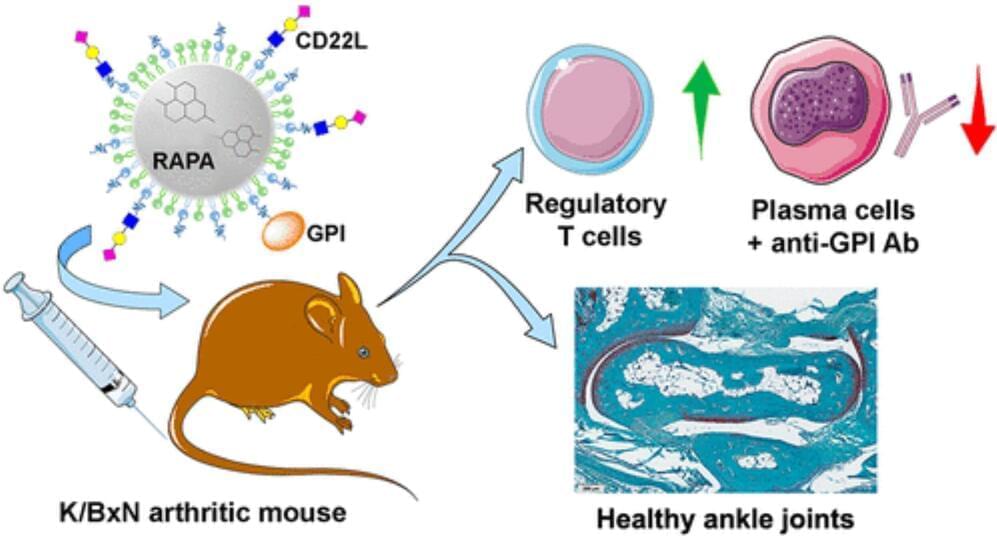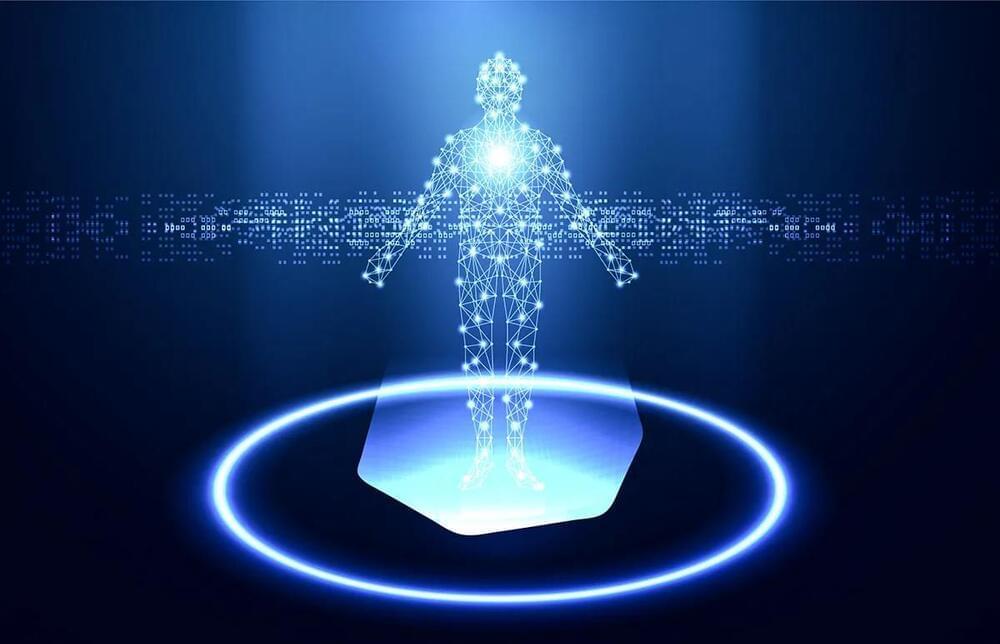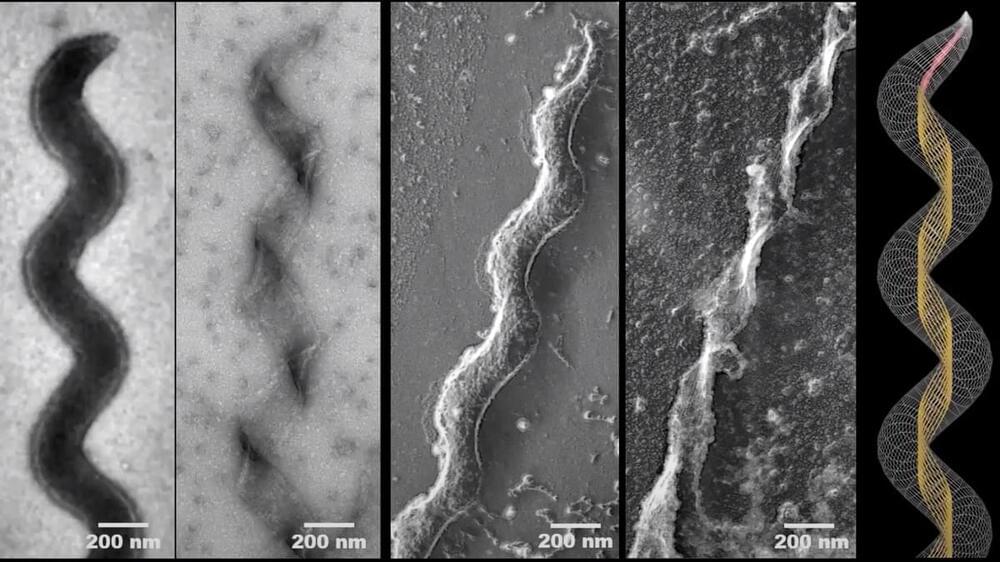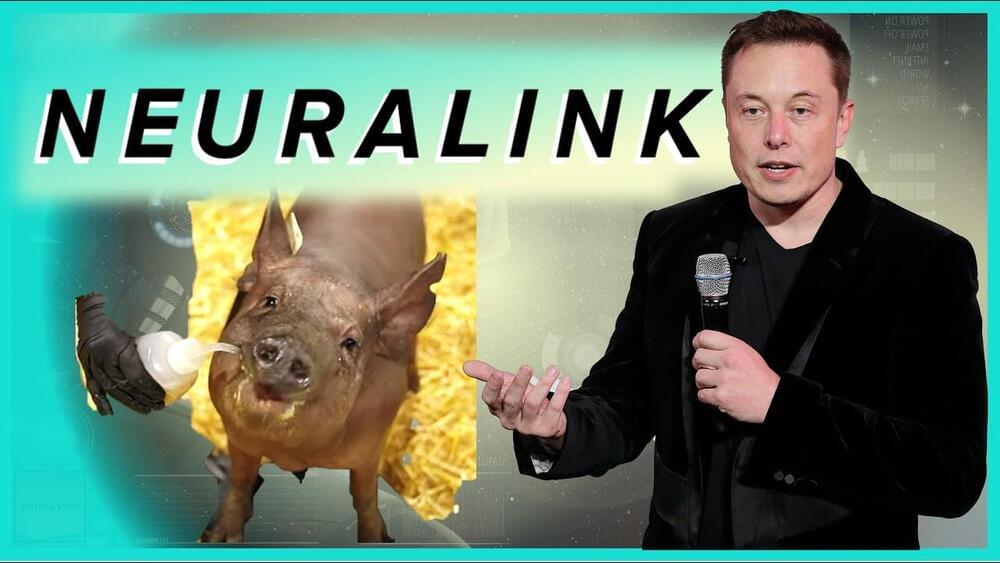Dec 1, 2022
Smart stem cells made from fat have the power to heal
Posted by Raphael Ramos in category: biotech/medical
New smart stem cells show a promising power to heal.
Researchers have reprogrammed human fat cells into adaptive smart stem cells that can lie dormant in the body until they are needed to heal various tissues. They demonstrated the cells’ effectiveness at healing damaged tissue in a mouse study.
To create the smart stem cells, the team from UNSW Sydney exposed human fat cells to a compound mixture. After about three and a half weeks, the cells lost their original identity and began acting like stem cells, or iMS (induced multipotent stem cells).
